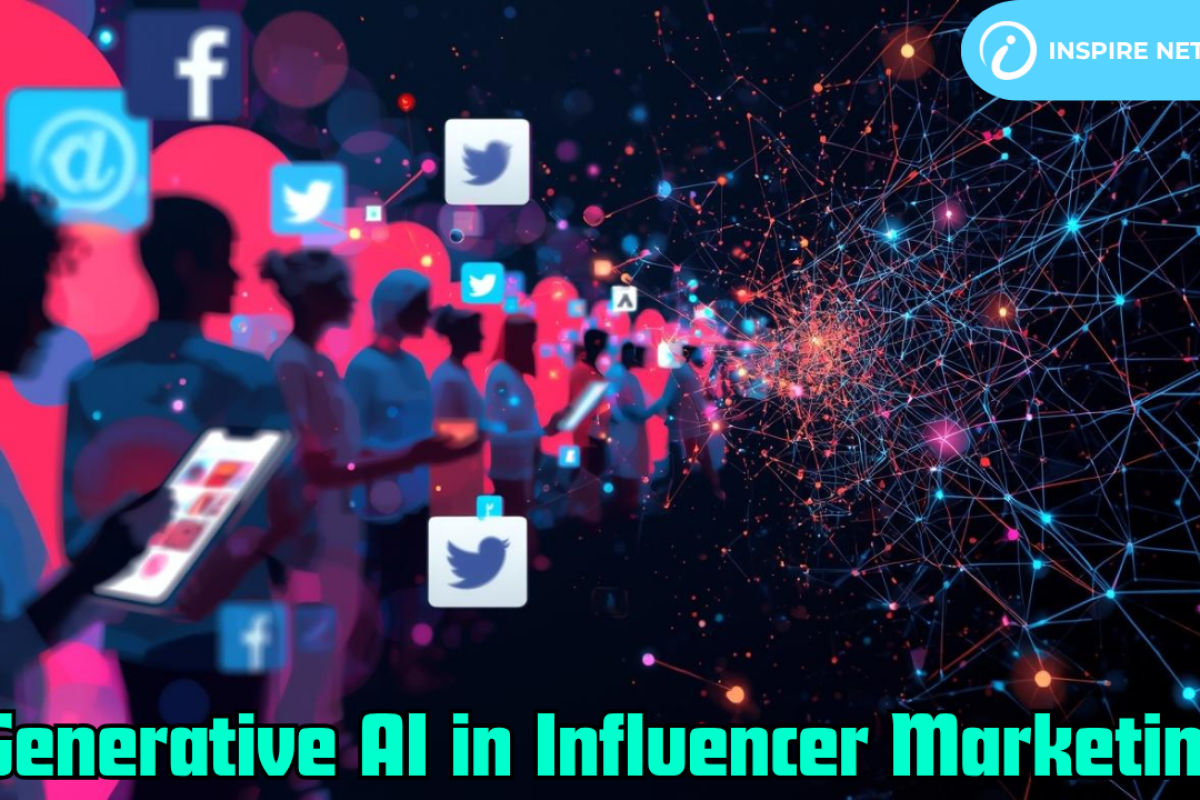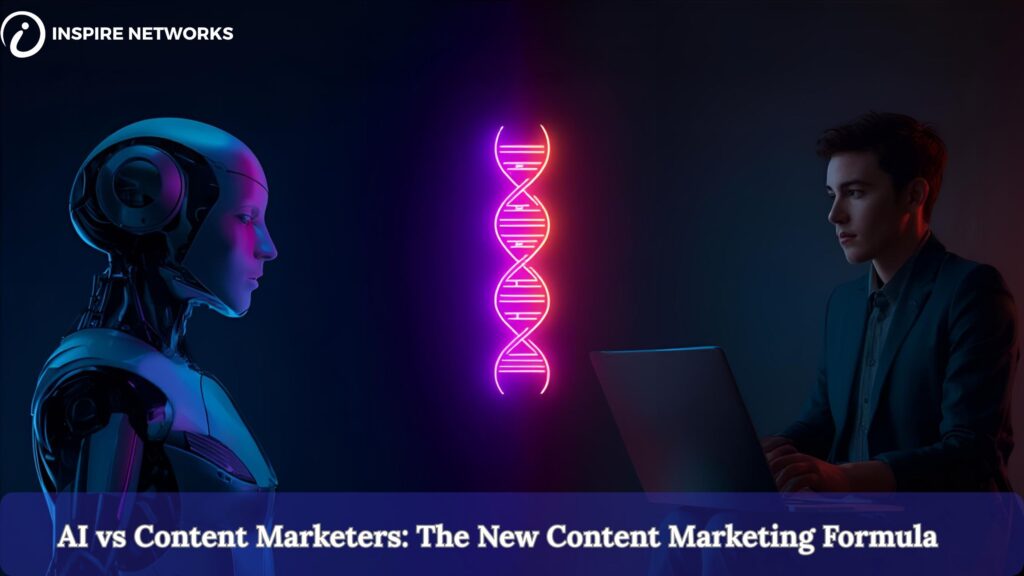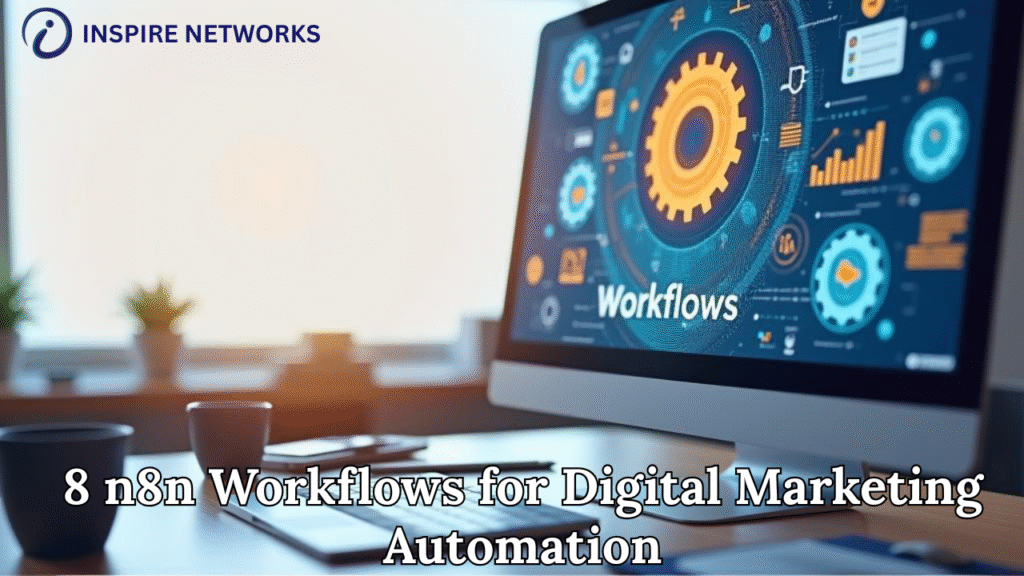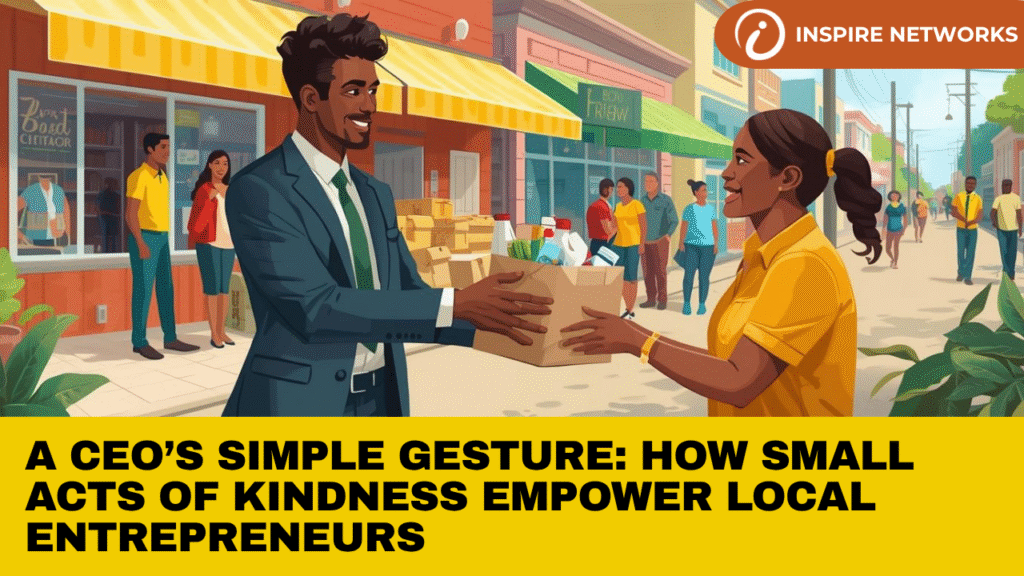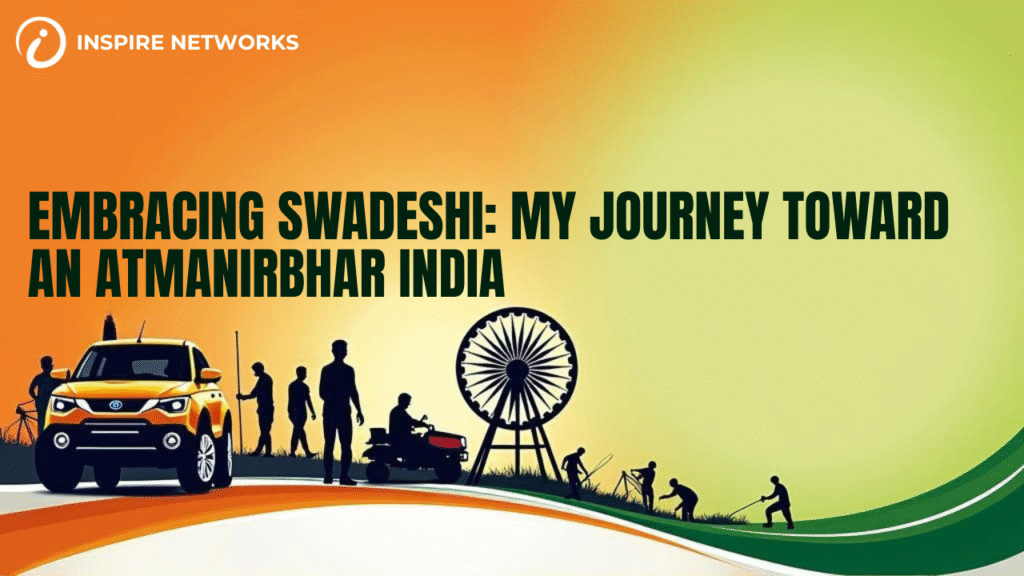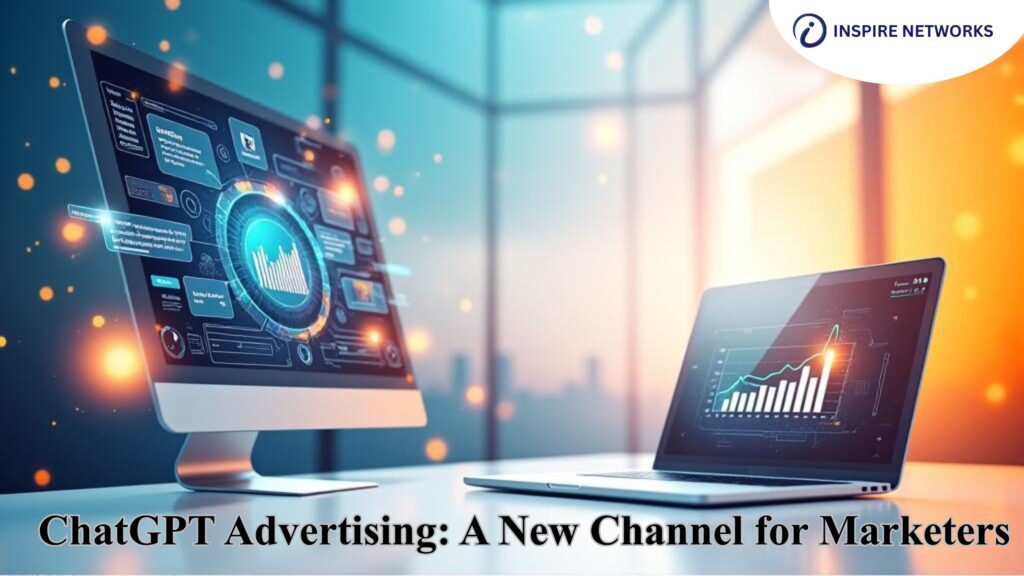Introduction
Influencer marketing is one of the most impactful digital marketing strategies, leveraging the power and reach of authentic content and community to vibrantly showcase your brand and products. But with social networks changing and everyone jumping on the bandwagon brand are always looking to stay ahead. Introducing Generative Artificial Intelligence (AI) — a game-changing technology that is impacting the world of influencer marketing.
Personalized Content Generation, Campaign Outcome Prediction And More: Generative AI Is Transforming Influencer-Brand Dynamics – Feb 25, 2020 Measure Match Privacy Policy March 11, 20212 mins Read Share on. It allows marketers to get creative by relying on data-driven insights instead of guesswork. Whether it’s creating realistic images, writing compelling scripts or matching the perfect influencer, AI is disrupting every layer of the influencer marketing process.
This blog is all about the expanding use of Generative AI in influencer marketing – and how it increases creativity, drives efficiency, and personalises campaigns at scale.
What Is Generative AI?
For our purposes, generative AI is the umbrella term for machine learning models that are able to produce new content for us to use—whether it be text, images, sound or video. With their machine learning models like GPT (in language agencies) or diffusion models (in image outfits), they can generate human-like creative hits.
In the world of influencer marketing, that means brands and creators can now automate components of the creative process — from creating captions and visuals all the way to designing entire campaign strategies. Rather than replacing human creative, Generative AI serves as a co-creative partner, helping create content at scale while preserving personalization and brand identity.
Transforming Influencer Discovery
“In the past, identifying the best influencer meant manual research, long spreadsheets and multiple trial campaigns,” said Morin. These days, AI-driven platforms can scan through millions of social media profiles in seconds and use data points such as engagement rate, audience demographics, content tone and brand fit to recommend the most suitable matches for an influencer partnership.
Generative AI does one better yet, by predicting the success of a campaign. It can predict how an influencer’s audience may react to certain content themes or product placements before a campaign goes live. This enables brands to invest in partnerships supported by data, not just gut.
For instance, a skincare brand looking to work with micro-influencers who have created eco-friendly beauty content can use Generative AI to automate generation and curation content for influencers that contain information related to those topics such as product outreach and pitch messages — saving both time and budget in the process.
Content Creation and Ideation
At its core, influencer marketing is all about creating content — and it’s the most time-consuming part as well. Generative AI simplifies that for creators by offering ideas, writing captions, designing visuals and even making video scripts.
Writing tools powered by AI, like ChatGPT can produce on-brand copy based influencer’s cadence, and image-generation tools such as Mid journey or DALL·E can create realistic product mockups and campaign visuals. This is not only a way of accelerating the production process, it’s also a strategy to guarantee variety as well: creators have an opportunity to try out lots of different styles before sharing them.
What’s more, Generative AI can be used to customize content for multiple target audiences. For instance, an influencer advertising a fitness supplement could use A.I. to create several versions of captions — one directed at gym-goers and another aimed at people who like working out at home. Before AI, this sort of content personalization was nearly impossible at scale.
Enhancing Audience Engagement
AI tools can similarly work out when and how influencers should post to get the most engagement. What does generative AI do better than any human? Generative AI can study how a follower is likely to behave — when followers are most active, what kind of content they engage with and the emotional drivers behind responses. It can propose the optimal posting times and it’s even able to generate interactive content ideas, like polls, challenges or publish it as Q&A type of materials.
AI chatbots, and also voice activated AI assistants, can mimic influencer dialogue – leading to an ongoing engagement loop. For example, allowing an influencer to use a bot powered by AI to automatically answer some frequently asked questions or send personal messages to fans. That deepens audience relationships while relieving some of the effort.
Performance Tracking and Insights
Post-campaign analytics is paramount to assessing ROI, but relying on manual data recording can be cumbersome and inaccurate. Generative AI can help by doing automated reporting, predictive reports and insights.
It’s capable of putting the vital stats (like engagement, reach, conversion and sentiment) into an instant summary – and even turning that data into narrative-style reports explaining how a campaign has performed. Beyond the report, AI will predict over performance using historical campaign data for marketers to optimize future collaboration.
Brands: making better decisions; influencers: getting insight into what actually resonates.
Ethical and Creative Challenges
Generative AI provides many benefits, but it has also sparked challenges with authenticity, transparency and ethics — key components of influencer marketing.
AI-originated content may occasionally steel the real versus artificial creativity debate. A person’s followers may wonder if there is anything that the influencer truly believes in, or if everything they were pushing was AI-churned lipstick fantasies. Hence the value of preserving human authenticity.
And as A.I.-made deep fakes and synthetic influencers (read: virtual influencers like Lil Miquela or Imma) become more sophisticated, new questions about trust and representation have emerged. Brands need to make sure they are using AI responsibly, transparent and ethically when it comes to using synthetic media.
Influencer Marketing with AI for the Next Decade
The use of AI across the industry that will only get even more data-informed, creative and immersive as we move forward. More tools that automatically personalize content for every follower, generate 3D or AR-based campaigns, and use voice synthesis to facilitate multilingual collaborations with influencers will be on the rise.
Early or not, these brands and creators adapting to AI will be rewarded with a significant competitive advantage – faster content solution times, better targeting precision and more emotion in connection with audiences. But the key to success is finding a balance between automation and authenticity — leveraging AI to complement, not replace, human creativity.
Conclusion
Generative AI is streamlining influencer marketing Data by data and post by post, capable machines are enabling a new era of strategic influencer engagement in ways that the mere humans who have long been crunching these numbers simply can’t match. It makes brands work better together, enables influencers to scale their creativity, and gives audiences more personalized experiences.
But while it is powerful, AI is just a tool — not a replacement for genuine human interaction. The best influencer campaigns will be ones that leverage AI to enrich storytelling, not replace it.
And as we look ahead to the future, this human touchstone meeting with a system capable of infinite learning will be what continues to define influencer marketing into the next generation, in which technology brings authenticity and creativity at scale.

